You are here
Back to topHainan Emerging as Key Durian Production Hub
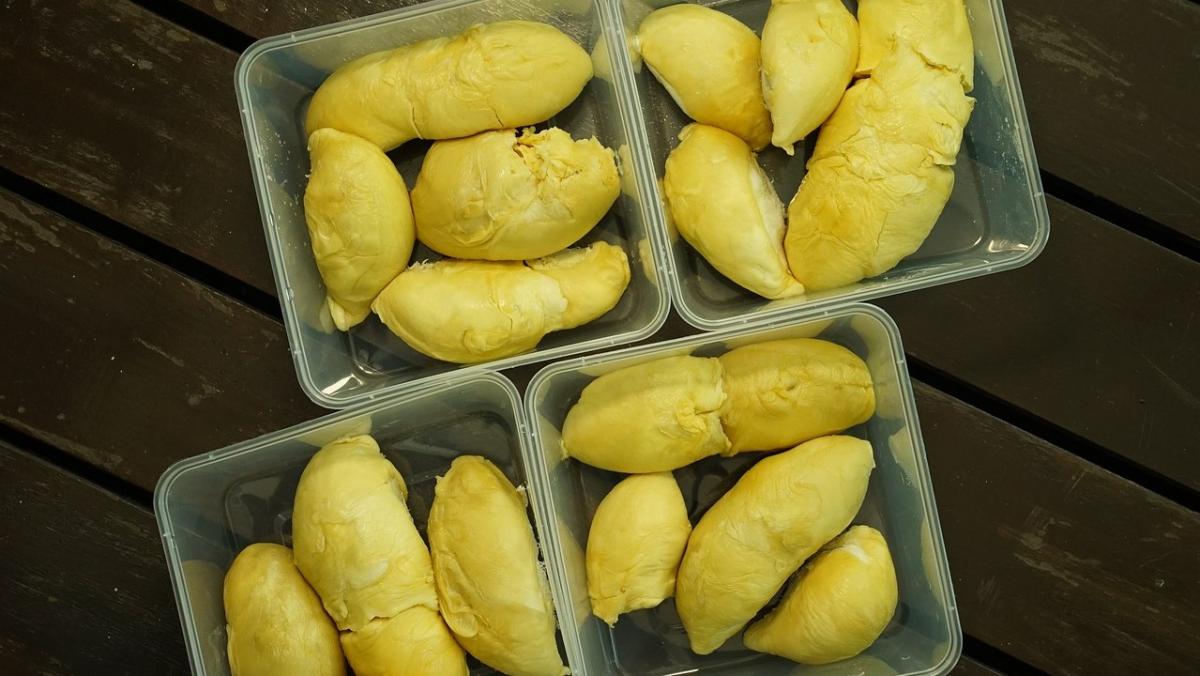
Recent news reports of the successful trial cultivation of durians in China’s Hainan province and their upcoming availability on the market this summer have been attracting significant attention from the industry and consumers alike. These domestically grown durians are primarily being cultivated near the cities of Sanya and Qionghai, and the latest information indicates that Hainanese durians will hit the market starting in late June.
Feng Xuejie, head of the Institute of Tropical Fruit Trees at the Hainan Academy of Agricultural Sciences, said that the supply of Hainanese durians is expected to last from late June through August. However, he also noted that because of the young age of some durian trees, this year’s output will be limited and mass production is still some distance away.
Window of the World’s Tropical Fruits, a tropical fruit production base in Qionghai, has introduced dozens of durian varieties from Southeast Asian countries. Its initial harvest of two hectares of durians is expected to take place in August, featuring popular cultivars such as Musang King, Monthong (also known as “golden pillow”) and Kanyao. Chen Bing, the chief agronomist at the base, remarked that although durian cultivation in Hainan is still in its early stages, it has already shown promising results. Several large companies in cities such as Sanya and Dongfang, as well as counties such as Ledong, have been actively promoting durian cultivation. Furthermore, farmers and cooperatives in the eastern and northern regions of Hainan have also begun cultivating this tropical fruit.
According to reports, Thai durians imported into China by land are typically picked when they are approximately 70–80% ripe. By contrast, Hainanese durians are not harvested until they approach full ripeness. These advantages in terms of maturity and freshness are regarded to represent the core competitiveness of Hainanese durians. Additionally, Hainan’s durian industry has been experimenting with technological methods to reduce the height of durian trees, which is expected to not only help mitigate damage from typhoons but also ensure the safety of personnel while reducing labor requirements.
Feng predicts that the cultivation scale of Hainanese durians will expand to 6,600 hectares within the next three to five years. Once the planting area reaches 20,000–33,000 hectares, prices are expected to drop to 20–40 Chinese yuan ($2.81–5.61) per kilogram. It is worth noting that China is currently establishing its own independent durian seedling breeding system and working on developing new durian cultivars.
Image: Pixabay
This article was translated from Chinese. Read the original article.



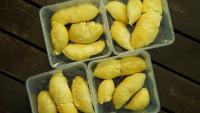
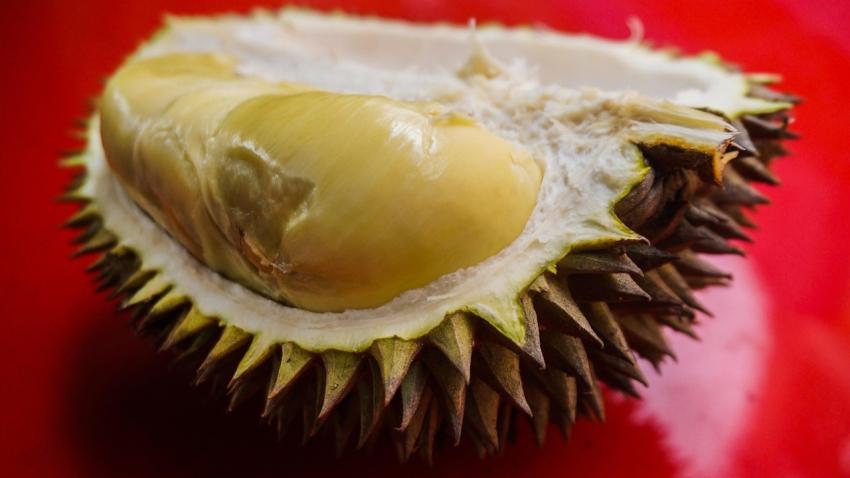
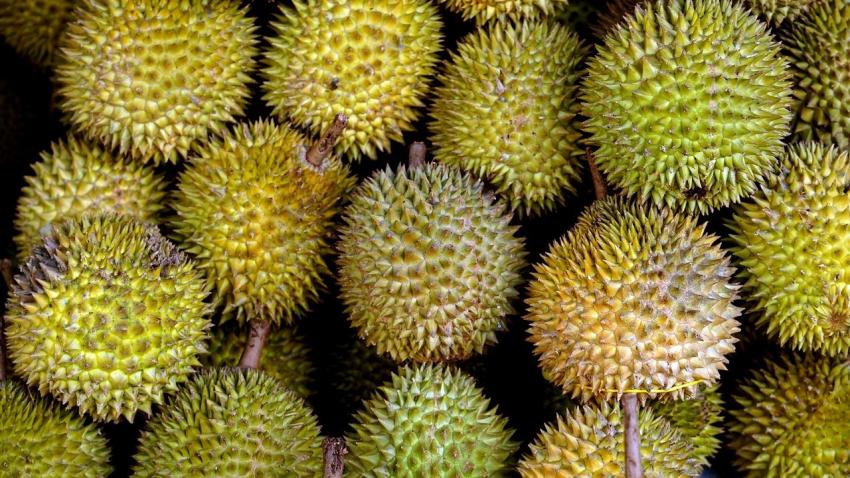
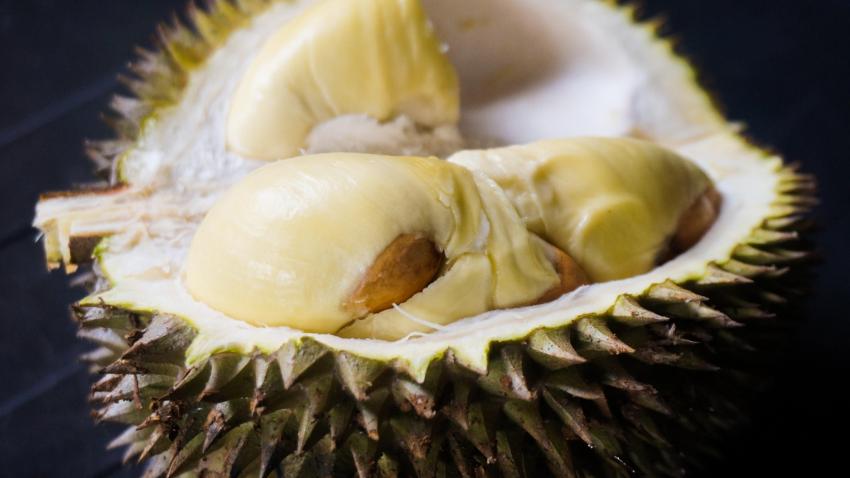








Add new comment